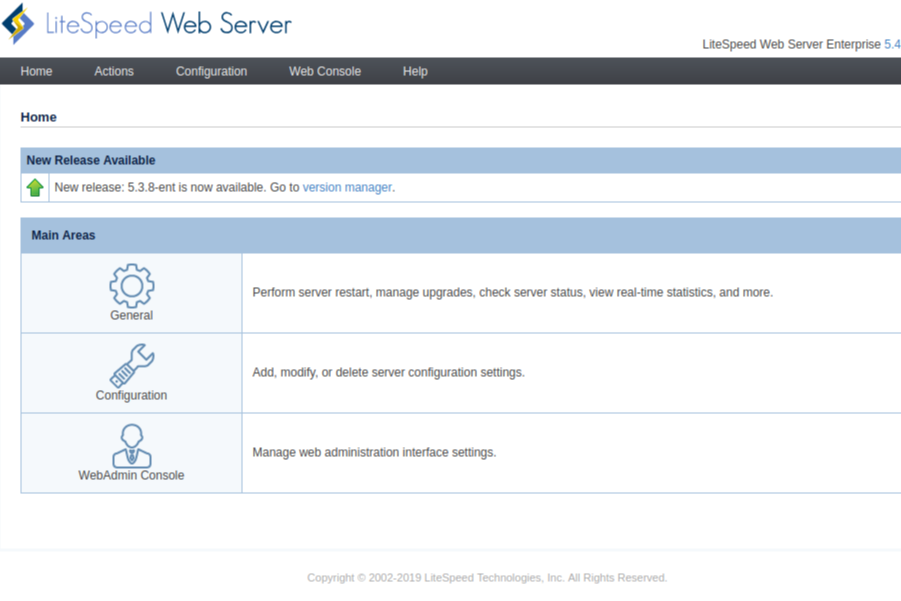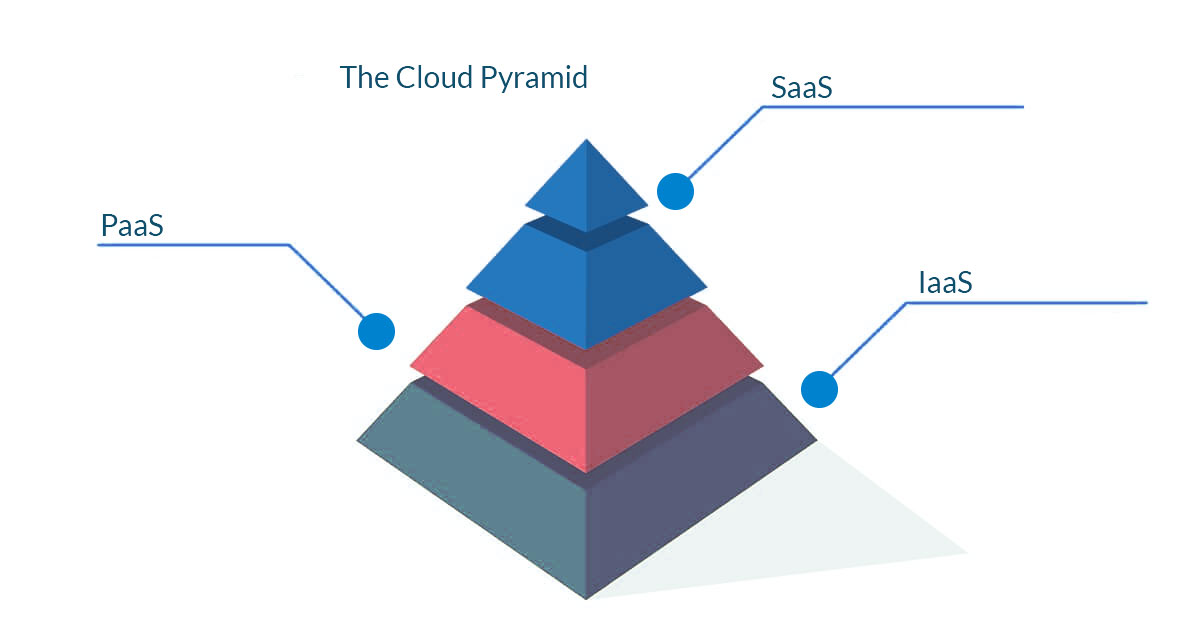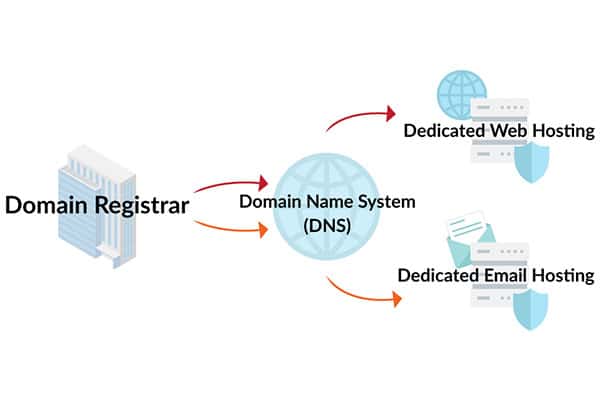
Online shopping is increasing in popularity, so security measures for ecommerce are more important. These are focused on the transaction part of the website, trust between clients and outflow website, and vulnerabilities in the defense. While traditional perimeter defenses are effective at protecting against intruders, they cannot prevent all online attacks. Ecommerce security measures are increasingly popular because they focus on finding weak points in defenses.
Multi-factor authentication
Multi-factor Authentication (MFA) is an important part of online security. It reduces the risk of fraudulent purchases as well as administrative data breaches. Experian reports that 44% of businesses do not use MFA. Modern MFA solutions balance security with convenience. Check out the NIST Cybersecurity Practice Guide for more information about multi-factor authentication.
Multi-factor authentication (MFA) works by temporarily locking a user's account after suspicious activity is detected. This can help protect sensitive data and keep out unwanted guests. It allows you to have greater control over the authentication process.

Verification of address
An Address Verification Service (AVS) is one of the most popular security measures in e-commerce. This service compares the purchaser's billing address to that on file with the issuing banks. This allows merchants and banks to stop fraudulent transactions being made.
During the compare step, the issuer verifies the numeric portion of the address, including the ZIP/postal code and residence number. This process is more difficult with apartment and suite addresses, which are not always easy to match. However, transactions that include the street name may still be approved by the address verification system if they are.
Encryption
Secure your customer's information by using encryption as part of e-commerce security measures. This is important for any type of internet transaction, whether you're selling a product or a service. Any security breach can damage your customers' confidence and trust in your online business.
Although security concerns for ecommerce websites may be common, they can be very technical. There are qualified security experts who can assist you. Cyber-attacks are costly, and ensuring that your customers are protected will help you avoid them.

Content delivery network
Content delivery network (CDNs), which are large systems that distribute online content based upon the user's geographical location, are huge networks of servers. Content delivered via CDNs is distributed over multiple servers, rather than hosting which delivers content from a single server. This optimizes download time. CDNs offer high security content. A CDN can protect private information on a website, for example.
CDNs are able to help companies protect their information by filtering out malicious content. Many CDN service companies offer website security services to prevent data breaches. No matter the CDN used by your business, you should determine the amount of protection required for your business's critical content.
FAQ
Can I use a framework or template on my website?
Yes! Many people use pre-built templates or frameworks when creating a website. These templates contain all the code that is required to display information.
Some of the most popular templates include:
WordPress - The most popular CMS
Joomla - Joomla is another popular open-source CMS
Drupal - A large-scale enterprise solution that large businesses use
Expression Engine – A Yahoo proprietary CMS
Each platform has hundreds of templates, so it should not be hard to find the one that you like.
Can I build my website using HTML & CSS?
Yes! If you've been following along so far, you should now understand how to start creating a website.
Now that you are familiar with how to create a website's structure, you will also need to be familiar with HTML and CSS programming.
HTML stands for HyperText Markup Language. It is similar to writing a recipe. You'd list ingredients, instructions, and directions. HTML is a way to tell a computer which parts are bold, underlined, italicized or linked to other parts of the document. It's the language that documents use.
CSS stands to represent Cascading Stylesheets. You can think of CSS as a style sheet for recipes. Instead of listing every ingredient and instructions, you create general rules about font sizes, colors, spacing and other details.
HTML tells the browser how to format a web page; CSS tells it how to do it.
You don't have to be a prodigy if you don’t get the terms. Follow these steps to make beautiful websites.
Are you a technical person who wants to design and build a site?
No. It doesn't matter what HTML or CSS you know. You can find tutorials online for HTML and CSS.
Statistics
- Studies show that 77% of satisfied customers will recommend your business or service to a friend after having a positive experience. (wix.com)
- Did you know videos can boost organic search traffic to your website by 157%? (wix.com)
- The average website user will read about 20% of the text on any given page, so it's crucial to entice them with an appropriate vibe. (websitebuilderexpert.com)
- When choosing your website color scheme, a general rule is to limit yourself to three shades: one primary color (60% of the mix), one secondary color (30%), and one accent color (10%). (wix.com)
- It's estimated that in 2022, over 2.14 billion people will purchase goods and services online. (wix.com)
External Links
How To
How do you choose between two CMS?
There are two types of Content Management System. Web Designers can choose between static HTML or dynamic CMS. WordPress is the most widely used CMS. Joomla! is an excellent CMS for making your site professional and well-organized. You can create any kind of website with Joomla!'s powerful open-source CMS. It is easy to set up and configure. You don't need to hire a developer to set up your site because Joomla comes with thousands of ready-made templates and extensions. Joomla is free to download. Joomla is an excellent choice for your next project.
Joomla is a powerful tool that allows you to manage every aspect of your website easily. It features a drag & dropped editor, multiple template support as well as image manager, blog management, blog management, news feed and eCommerce. Joomla is a great choice for anyone looking to create a website quickly and without having to learn how to code.
Joomla works on almost all devices. It is easy to build websites for different platforms.
There are many reasons that Joomla is preferable to WordPress. Some of them include:
-
Joomla is Open Source Software
-
Easy to Install and Configure
-
Thousands of Ready-Made Templates and Extensions
-
Download and use it for free
-
All Devices Supported
-
These powerful features are available
-
A great support community
-
Very Secure
-
Flexible
-
Highly customizable
-
Multi-Lingual
-
SEO friendly
-
Responsive
-
Social Media Integration
-
Mobile Optimized